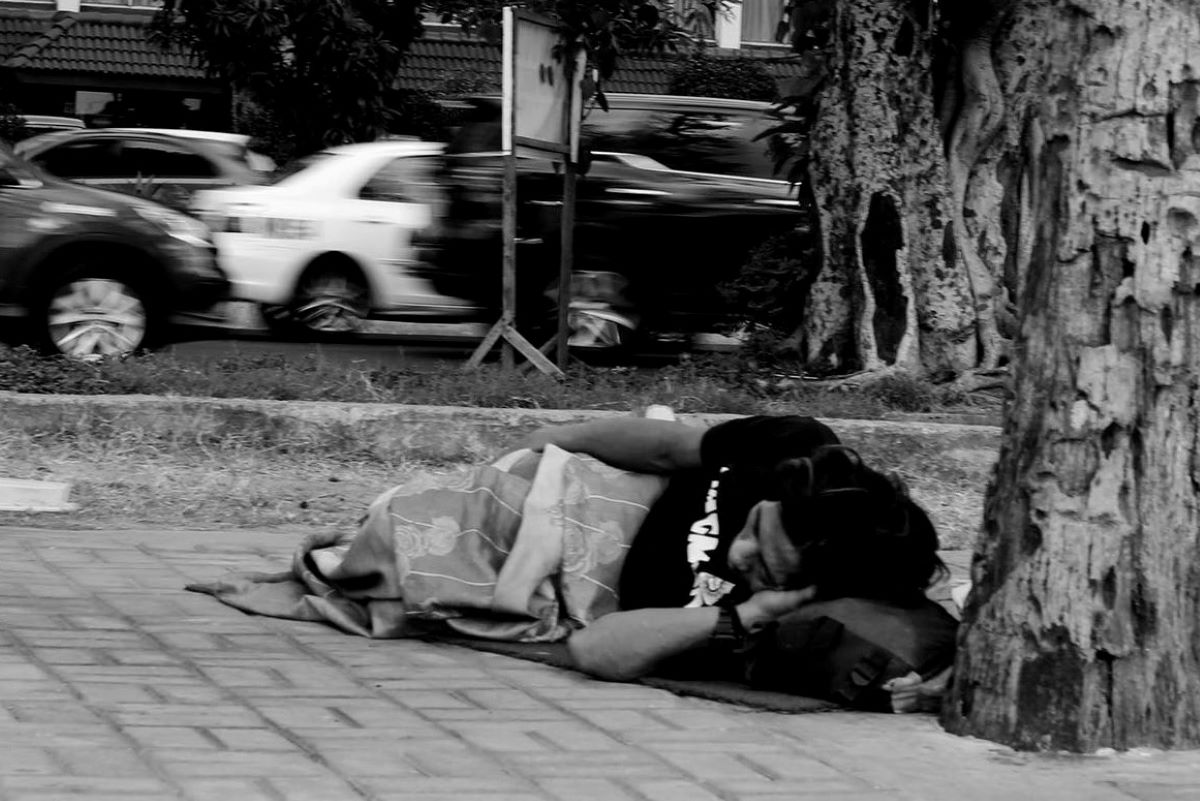Let’s start with a paradox: Could satisfying a prerequisite for good health also put it at risk? This isn’t simply a hypothetical scenario for many homeless people. While sleep has long been recognized as a foundational requirement for attaining and maintaining a measure of health, rough sleepers face seemingly insurmountable odds when it comes to getting enough rest.
Why is sleep so important? What barriers stand between homeless people and adequate sleep? What can be done to help them?
The Science of Sleeping: A Concern of Epidemic Proportions
It’s not your imagination. The number of glazed over eyes on your morning commute are increasing. In fact, sleep disorders resulting in deprivation are so prevalent that the Center for Disease Control and Prevention has described it as a public health epidemic. When we think in terms of epidemics, our mind usually goes towards Ebola or chikungunya or cholera or other such multisyllabic terms. Why such a severe classification for what amounts to a lack of sleep?
Julia Rodriguez of Advanced Sleep Medicine Services, Inc., explains it this way: “CDC’s raising of sleep disorders to epidemic status reflects growing concerns regarding the dangers associated with insufficient sleep.” She continues by linking a lack of sleep with increased occurrences of cancer, obesity, diabetes, depression and hypertension – real public health concerns to be sure.
Sleep Barriers and Strategies
Lacking a place to secure sleep compounds the problem of getting enough sleep. Sleeping with one eye open exceeds metaphorical usage when the streets are home. A study conducted in the UK draws the exceedingly obvious conclusion that sleeping on the streets leaves people vulnerable to both physical risks, such as inclement weather, and social threats, like abuse and violence. These fears prevent people from securing the restorative sleep that they so dearly need.
For another barrier preventing uninterrupted sleep, look no further than a 2002 case study about the squeegee kids of Toronto. Although shelters were an option, many youths felt unsafe sleeping there, fearing loss of possessions or getting hurt when a fight breaks out. Lacking better options, Toronto’s young homeless slept in parks, abandoned buildings, garages, subway stations, or makeshift shelters under bridges or on rooftops. Often, police would wake them and tell them to move on. In other cases, when they couldn’t find anywhere safe, they would stay awake all night.
This is tragic.
The “stay awake all night” strategy also resonates with some rough sleepers in the UK. When asked where he sleeps, Wesley, 47, replies: “I don’t. I walk the West End. I eat bags of nuts and a sandwich from the soup run to give me energy and I keep moving to keep warm until McDonald’s reopens at 5:00 a.m.”
In Vancouver, a temporarily homeless man named Pawel had similar concerns about personal safety. His solution? “I board the longest bus line in the city. It takes about two hours to get to White Rock, which means I can get some sleep. Then at the end of the line, I board the return bus to Vancouver. It’s the best I can do right now.”
Having no stable shelter where one can recuperate from an infection, common colds often develop into more serious illnesses. For those struggling with addiction, a lack of sleep reduces resolve and hampers the ability to get sober. From an economic standpoint, prolonged and worsening illness increases the burden on public healthcare.
Hitting the Snooze Button on Sleep Barriers
Local police preventing sleep among homeless individuals is a recurring refrain. At times a city’s bylaws may indeed support such police action. However, an encouraging precedent was set last year in Idaho.
The 9th US Circuit Court of Appeals ruled in favor of six homeless people from Boise who sued the city in 2009 over a local ordinance that banned sleeping in public spaces. Hopefully the ruling will have a trickle-down effect on several other US cities that have similar laws. “Just as the state may not criminalize the state of being ‘homeless in public places,’ the state may not ‘criminalize conduct that is an unavoidable consequence of being homeless’ — namely sitting, lying, or sleeping on the streets,” Judge Marsha Berzon wrote. Not criminalizing sleep is a good, if not overtly obvious step in the right direction.
This article began with a paradox: Could getting enough sleep put one at risk? Whether homeless or not, nobody should be forced between staying safe and getting enough sleep. The UK study cited earlier simultaneously identifies both what is needed and what is lacking: “Emergency hostels and night shelters can afford a lifeline, providing warmth, water, food and access to support services. But if these are inadequately resourced they can be experienced as volatile environments and inimical to sleeping.”
Shelters have the potential to be both the barrier and solution to sleep deprivation among homeless people. When rough sleepers view shelters as a safe place to spend the night, without fear of theft or violence, then they can secure the very thing they need most: sleep.











